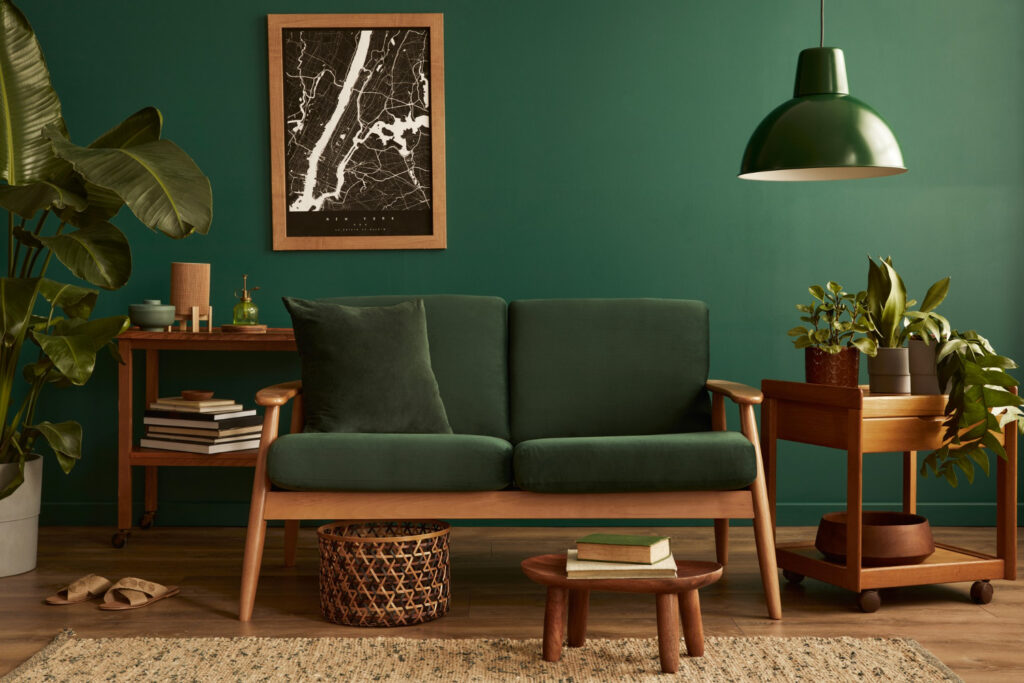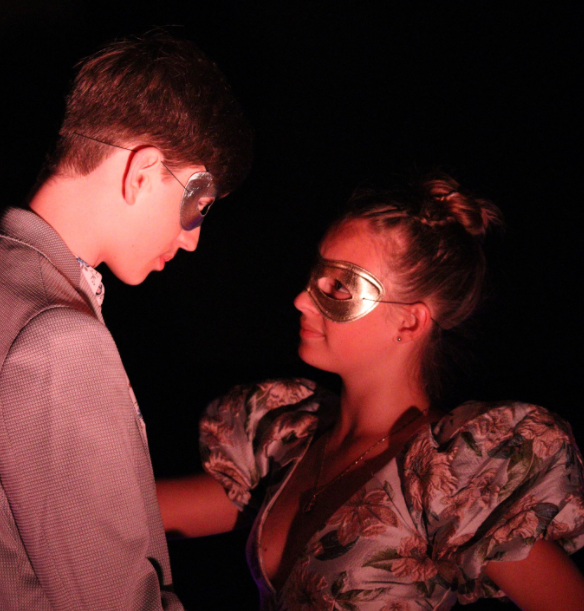
Behind the Scenes in the Green Room
When we think of the theatre, the first thing that comes to mind is usually the performances onstage. However, there is an entire world of activity happening behind the scenes that is just as important to the success of any production. One of the most critical areas of the backstage world is the green room. This space serves as a sanctuary for actors and crew members, providing them with a place to prepare, relax, and recharge during the long hours of a theatre production.
History and Purpose
The term “green room” has been used to describe the backstage space where actors wait to go onstage since at least the 17th century. The origin of the name is somewhat mysterious, but it is likely that the room was originally painted green to provide a calming effect on the performers. Over time, the green room has become an essential part of the theatre, serving as a hub for actors, stagehands, and directors to gather and prepare for their performances.
The green room serves several purposes during a production. First and foremost, it provides a quiet space for actors to focus and prepare for their roles. This can include warming up their voices or bodies, reviewing their lines or blocking, or just taking a moment to center themselves before they go onstage. Additionally, the green room serves as a gathering place for the cast and crew, providing a space for them to socialize and bond during downtime.
The Difference Between a Green Room and a Dressing Room
While the terms “green room” and “dressing room” are sometimes used interchangeably, there is a significant difference between the two. A dressing room is a private space where actors can change into their costumes and makeup. In contrast, the green room is a communal space where performers gather to wait for their cues.
While dressing rooms are typically located near the stage, the green room may be located further backstage, allowing actors to have a little more distance from the hustle and bustle of the performance. The green room may also include additional amenities such as comfortable seating, snacks, and beverages to help actors relax and recharge between scenes.
Features of a Great Green Room
A well-designed green room is an essential part of any successful theatre production. Some features that can make a green room great include:
- Comfortable seating: After hours of standing and performing, actors and crew members will appreciate comfortable seating options in the green room. Sofas, armchairs, and beanbag chairs can all provide a welcoming place to relax.
- Lighting: Bright fluorescent lighting can be harsh on tired eyes, so consider installing soft, warm lighting in the green room to create a more soothing atmosphere.
- Food and beverages: Snacks and beverages can help keep actors energized during long performances. Consider providing a selection of healthy snacks, as well as coffee, tea, and water.
- Entertainment: The green room is a place for actors to unwind and socialize, so providing entertainment options such as board games, puzzles, or books can help foster a sense of community.
- Mirrors: While dressing rooms are the primary space for actors to get into costume and makeup, a few mirrors in the green room can be helpful for last-minute touch-ups or for actors to check their appearance before going onstage.
The green room is a vital space for any theatre production, providing actors and crew members with a place to relax, recharge, and prepare for their performances. By designing a green room that is comfortable, welcoming, and well-equipped, theatre producers can help ensure that their performers are ready to give their best performances every night.






